 Plant life is featured in my book Kilimanjaro: One Man’s Quest to Go Over the Hill, which chronicles my attempt to summit Mount Kilimanjaro, the highest mountain in Africa. The book is on sale now as an e-book for $3.99 and in paperback for $9.99 from Amazon and other booksellers.
Plant life is featured in my book Kilimanjaro: One Man’s Quest to Go Over the Hill, which chronicles my attempt to summit Mount Kilimanjaro, the highest mountain in Africa. The book is on sale now as an e-book for $3.99 and in paperback for $9.99 from Amazon and other booksellers.
Diverse vegetation from different climate zones graces the slopes of Kilimanjaro. One of the more unique places on Earth, the mountain lies in Africa‘s Afromontane region that straddles the Equator with clusters of freestanding mountains and plateaus surrounded by lowlands. A sky island more at home in the far reaches of the northern and southern hemispheres than the equatorial tropics, Kilimanjaro has amazing biodiversity.
Within days, mountaineers can hike through five different climate zones. These are:
- Lowlands: Between 2,600 and 5,900 feet (790-1,800 meters), this is the subtropical area located just above the Serengeti plains. An area with heavier rainfall, its vegetation is dominated by banana, coffee, and other plants grown as crops.
- Rainforest: Between 5,900 and 9,200 feet (1,800-2,800 meters), this is a subtropical rainforest rich with plant and animal life. The widest variety of flowering plants range in this zone.
- Moorland and heather: Between 9,200 feet and 13,100 feet (2,800-4,000 meters), this area has less vegetation and is dominated by a few plant and animal species, including groundsels, lobelias, heather, and tree moss. Trees disappear above 13,000 feet.
- Alpine or high desert: Between 13,100 and 16,400 feet (4,000-5,000 meters), this arid, semi-desert zone has no trees and few plants. Sage grass, hearty helichrysum flowers, moss, and thistles are common there.
- Arctic or summit: Above 16,400 feet (5,000 meters), this is an arid zone with intense sunlight, thin air, and heavy snow and ice. Few to no plants grow there.
The southern and western slopes of Mount Kilimanjaro are wetter than its northern and eastern sides. The city of Arusha to the west of Kilimanjaro sits in a tropical bowl, while the Serengeti Plains to the northeast are dry.
Here are some of the species of plant I encountered during my climb.
Mackinder’s Gladiolus (gladiolus watsonioides)
African blood or fireball lily (scadoxus multiflorus)
Hibiscus rosa-sinensis
Protea kilimandscharica
Kniphofia thomsonii
Giant fern
Stoebe kilimandscharica
Helichrysum meyeri johannis
The south side of Kilimanjaro is a fertile landscape filled with windswept views of stunted forests and swaths of vegetation. In the subtropical lowlands, wispy bunches of tree moss hang from the trees like tattered voiles ready to spring back to life when the rains return, transforming the forest into a fantasy land.
Tree moss, also known as old man’s beard or Spanish beard (usnea lichen)
Tree moss
Tree moss
Tree moss
Kilimanjaro impatiens (impatiens kilimanjari)
Kilimanjaro impatiens (impatiens kilimanjari)
Hebenstretia (the white flowering plant)
Hebenstretia
Daisy bush (euryops)
Dead daisy bush (euryops)
Golden daisy bush (euryops brownei)
The north side of Kilimanjaro offers a more Alpine landscape with heather and moorlands dominated by tussock or bunch grass. The view there is more desolate and, in some ways, more intriguing as the vegetation quickly gives way to the exposed mountain. Mountaineers who climb fields of rust-tinged rocks are often left with the impression that they are on the surface of Mars.
Tussock or bunch grass
Hypericum revolutum
Dead helichrysum newii
Helichrysum newii
Stoebe kilimandscharica with bird
Dead philippia excelsa with bird
In the highlands, the view is dominated by groundsel trees, or dendrosenecios, with trunks like palms and topped with spiky leaf rosettes, as well a cactus-like flowering plant known as the lobelia deckenii.
Giant groundsel (senecio kilimanjari)
Giant groundsel (senecio kilimanjari)
Giant groundsel (senecio kilimanjari)
Giant groundsel (senecio kilimanjari)
Giant groundsel (senecio kilimanjari)
Giant groundsel (senecio kilimanjari)
Giant lobelia deckenii with bird
Giant lobelia deckenii
Giant lobelia deckenii
Because few plants grow in the high desert, those that do such as sage grass and lobelia deckenii are photo ready. Unlike humans, the vegetation is hearty enough to survive the harsh climate on Kilimanjaro. Still, the mountain has a way of twisting everything at this altitude into bizarre and fascinating shapes.
Helichrysum meyeri johannis and lobelia deckenii
Helichrysum cymosum
Helichrysum cymosum
Sage grass
Dead thistle (carduus keniensis)
If you’re thinking about climbing Mount Kilimanjaro, imagine yourself hiking through these places over a few days. If you’ve already been there, I hope that these photos will bring back memories and help you put names to some of the beautiful foliage you saw on your way to and from the summit.
More About Mount Kilimanjaro:
Click here to learn more about the book Kilimanjaro: One Man’s Quest to Go Over the Hill about the author’s attempt to summit Mount Kilimanjaro, Africa’s highest mountain.
Click here to read about the dedicated guides, porters, and cooks who work on Mount Kilimanjaro.
Click here to read the story of the iconic wooden sign on Kilimanjaro’s summit and the metal one that replaced it in January 2012.
Click here to read about the vanishing glaciers on Mount Kilimanjaro.
Click here to read about The Snows of Kilimanjaro, the 1936 semi-autobiographical short story by Ernest Hemingway, the 1952 film, and the main character, Harry Street.
To learn more about the fauna and flora of Kilimanjaro, visit:
Bill and Cori’s Excellent Adventures
 M.G. Edwards is a writer of books and stories in the mystery, thriller and science fiction-fantasy genres. He also writes travel adventures. He is author of Kilimanjaro: One Man’s Quest to Go Over the Hill, a non-fiction account of his attempt to summit Mount Kilimanjaro, Africa’s highest mountain. His collection of short stories called Real Dreams: Thirty Years of Short Stories available as an e-book and in print on Amazon.com. He lives in Bangkok, Thailand with his wife Jing and son Alex.
M.G. Edwards is a writer of books and stories in the mystery, thriller and science fiction-fantasy genres. He also writes travel adventures. He is author of Kilimanjaro: One Man’s Quest to Go Over the Hill, a non-fiction account of his attempt to summit Mount Kilimanjaro, Africa’s highest mountain. His collection of short stories called Real Dreams: Thirty Years of Short Stories available as an e-book and in print on Amazon.com. He lives in Bangkok, Thailand with his wife Jing and son Alex.
For more books or stories by M.G. Edwards, visit his web site at www.mgedwards.com or his blog, World Adventurers. Contact him at me@mgedwards.com, on Facebook, on Google+, or @m_g_edwards on Twitter.
© 2012 Brilliance Press. All rights reserved. No part of this work may be reproduced or transmitted without the written consent of the author.

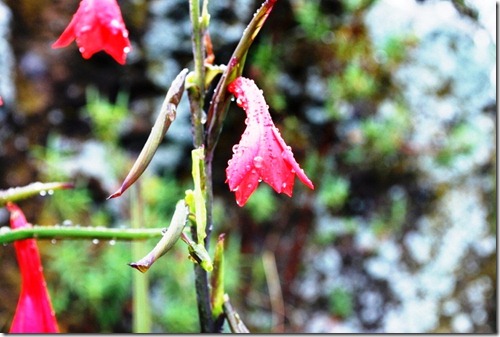
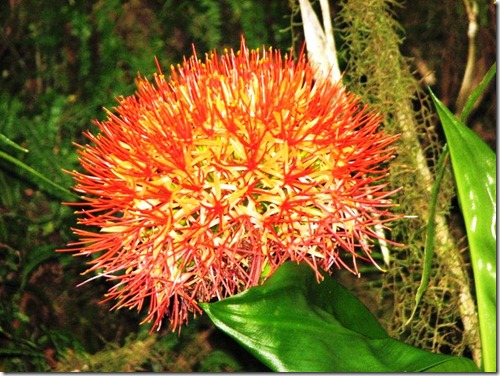


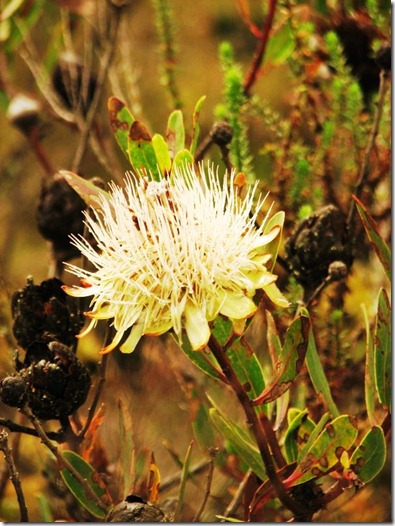

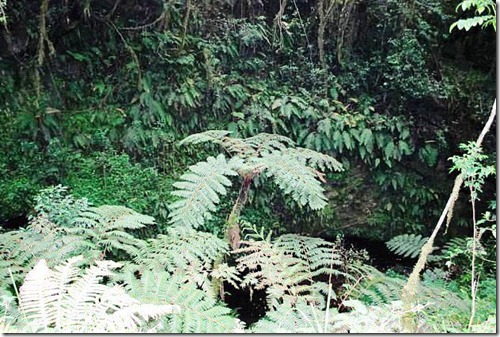

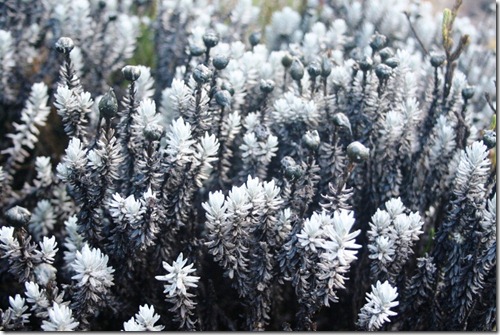



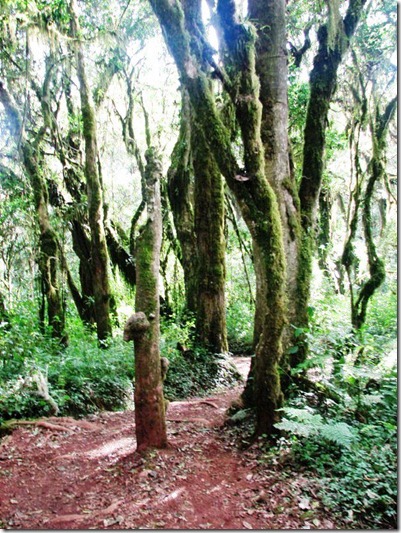

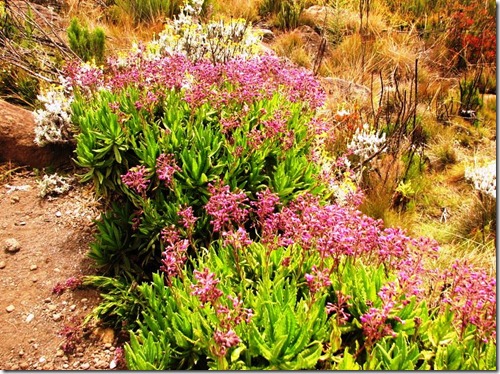



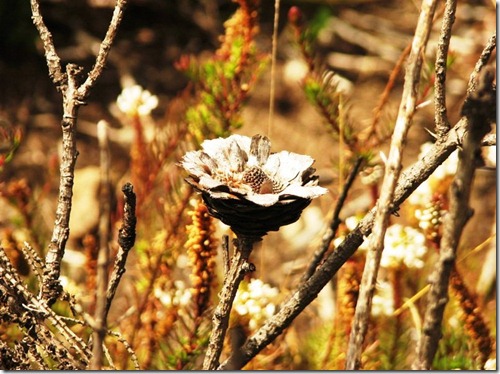




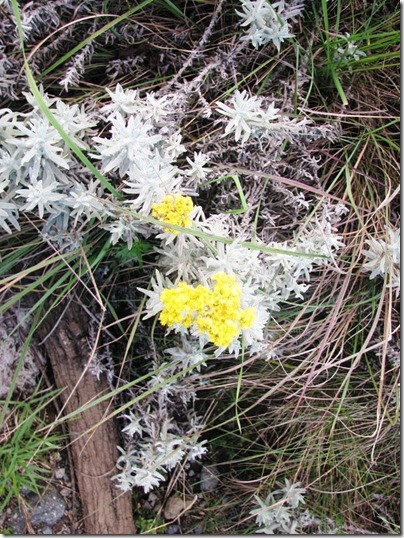


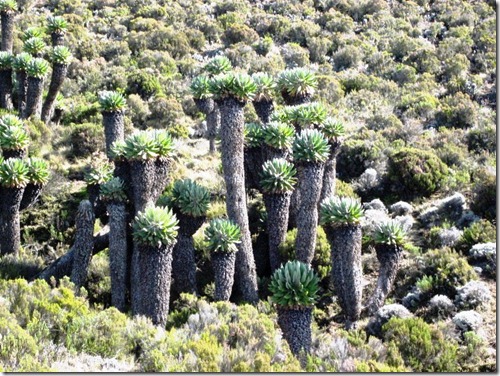

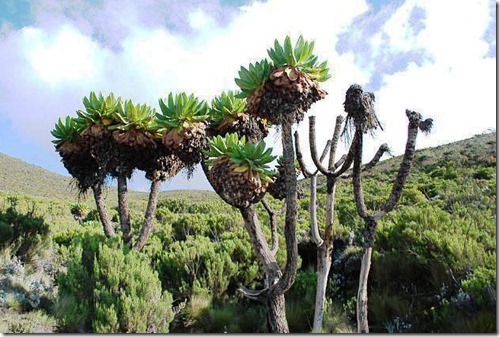




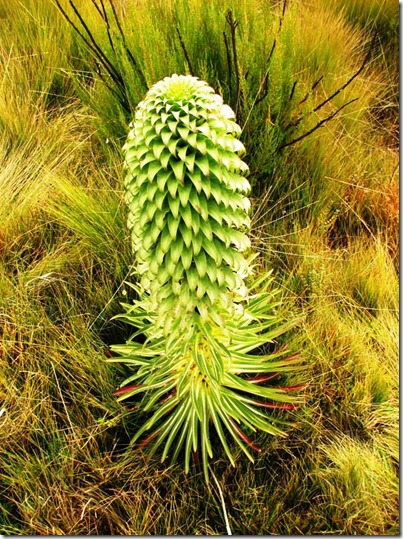

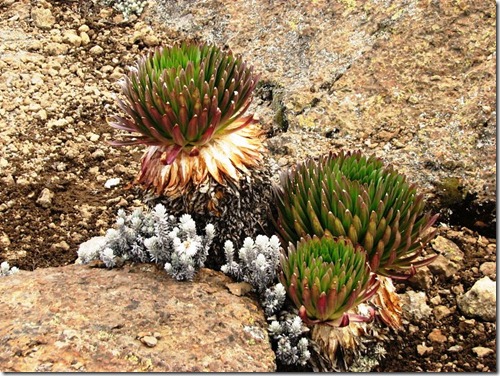
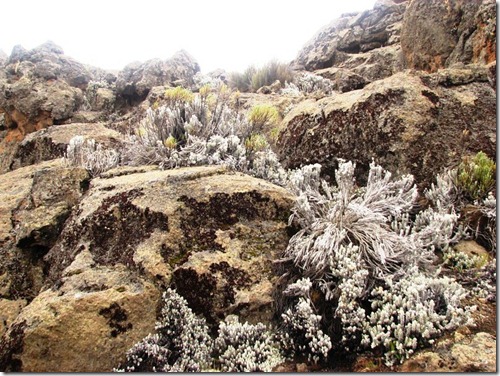
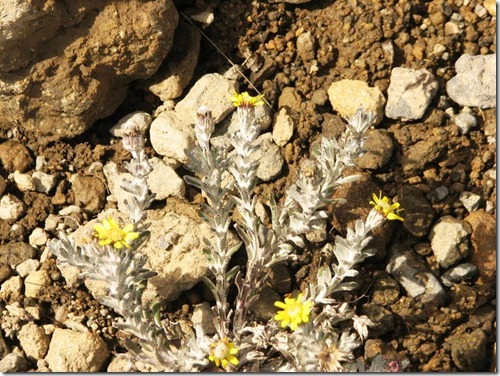
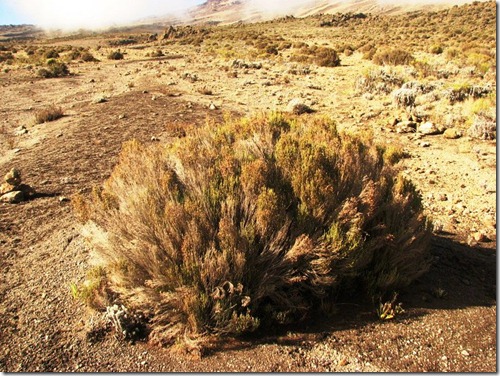




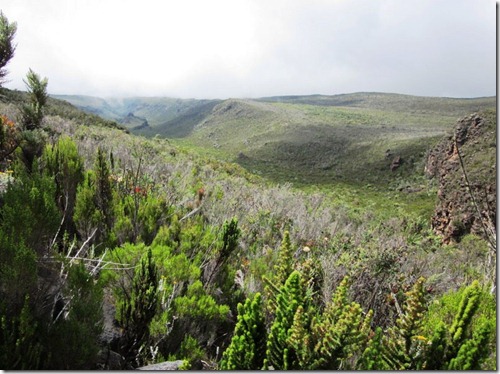

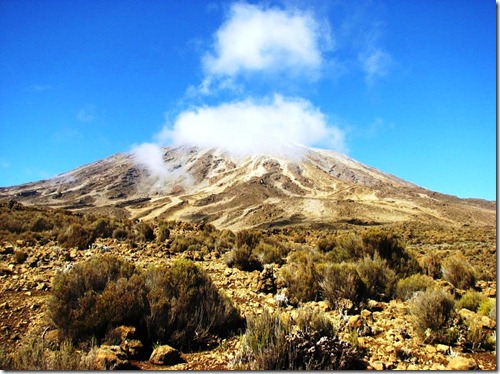
Blessed with Natural Beauty… Fabulous photography. Congratulations to you and your complete team.. Regards Sir.
Stopping to smell the roses—er, tree moss ;)—has never leapt to mind in regards to mountain climbing. Well, no more. Gorgeous post!
How awesome to have read the book and now to see these fantastic photographs! So glad for your courage and perseverance to make this journey successfully and that you shared your story with the rest of the world!
Reblogged this on pranjalborthakur.
Very nice i love the pics of plants!
Thank you very much for visiting and for your comment!
Well done!! Really helpful in identifying the plants of Kili!
Thanks! I was curious about the names of these plants and did some research to find most of them. I learned a lot in the process. It’s a very diverse ecosystem!
it is an excellent job for real..i loved it.